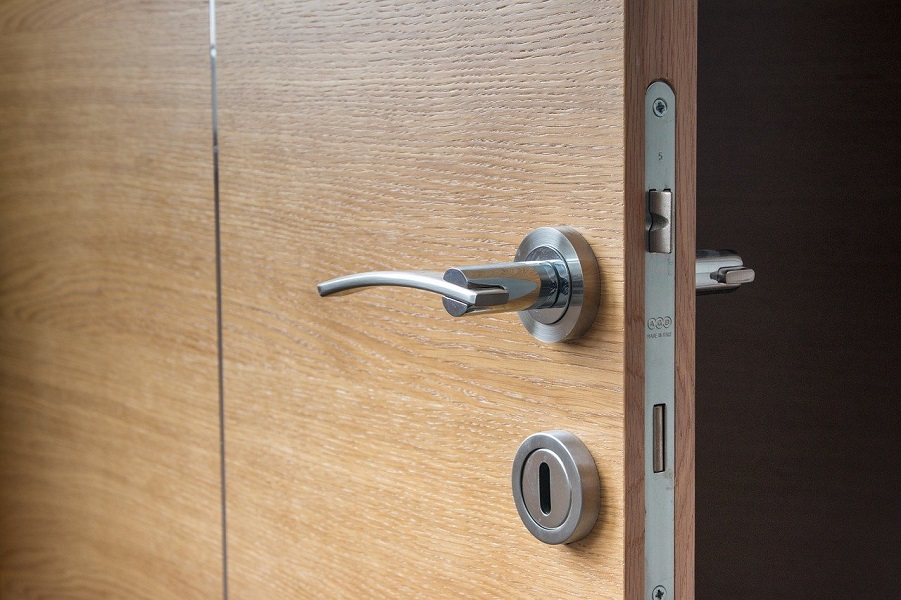Explore how these access control solutions can benefit your campus!
Ensuring campus safety for students and staff has become a paramount concern for educational institutions in Corpus Christi, TX. The need for robust security measures, such as access control, has never been more critical.
At ASAP Security Services, we understand the unique challenges faced by schools, and we're here to provide top-notch access control solutions to ensure a safe and secure learning environment.
on Wednesday, 15 November 2023.
Posted in Access Control, Access Control, Corpus Christi ,TX
Don’t Get Boxed in with Your Security

When it comes to technology, both hardware and software, there tend to be two models: proprietary and open systems. The proprietary model is not necessarily a bad one; it depends on the technology's interoperability with other solutions. For example, if you are reading this blog on an iPhone, iPad, or Macintosh computer, you are on a proprietary platform.
Is a proprietary platform like Apple a negative? It depends on your objectives. Apple platforms have a vast range of applications and support standards that make them interoperable with many other devices, making them hugely popular for both personal and business use. However, if you want to upgrade Apple hardware over time – such as adding memory – you see that with all but a couple of exceptions, that is nearly impossible with their current products.
When it comes to vital security systems like access control for your Corpus Christi, TX facilities, it pays to look for systems that don't lock you into proprietary hardware and software. Unlike general-purpose computing platforms (like Apple and Microsoft) that may be proprietary but have incorporated extensive interoperability and standards, specific-purpose solutions don't always take an open approach. Let's look at three ways open architectures for access control can keep your access control options more…open.
on Wednesday, 19 May 2021.
Posted in Access Control, Access Control, Corpus Christi ,TX
Are On-Premise or Cloud-Based Access Control Solutions the Right Choice?
For most businesses, an access control solution is a no-brainer. It provides an easy way to manage who comes and goes while creating additional restricted areas throughout your property. Verifying, managing and reviewing access is a great way to ensure that your Corpus Christi, TX, business is protected at all times.
Even though deciding to add access control is a natural choice, knowing how to go about it is a lot more challenging. You typically have three options: traditional lock and key, on-premise access control and cloud-based access control.
Across all business sizes and applications, we recommend avoiding the first option entirely. These solutions are too easy to bypass and very hard to scale. Software solutions –whether on-premise or hosted on the cloud—are always our recommendation. As you read this blog, you’ll learn what makes them different to help you figure out which would work best in your business.
on Sunday, 02 February 2020.
Posted in Access Control, Access Control, Corpus Christi ,TX


